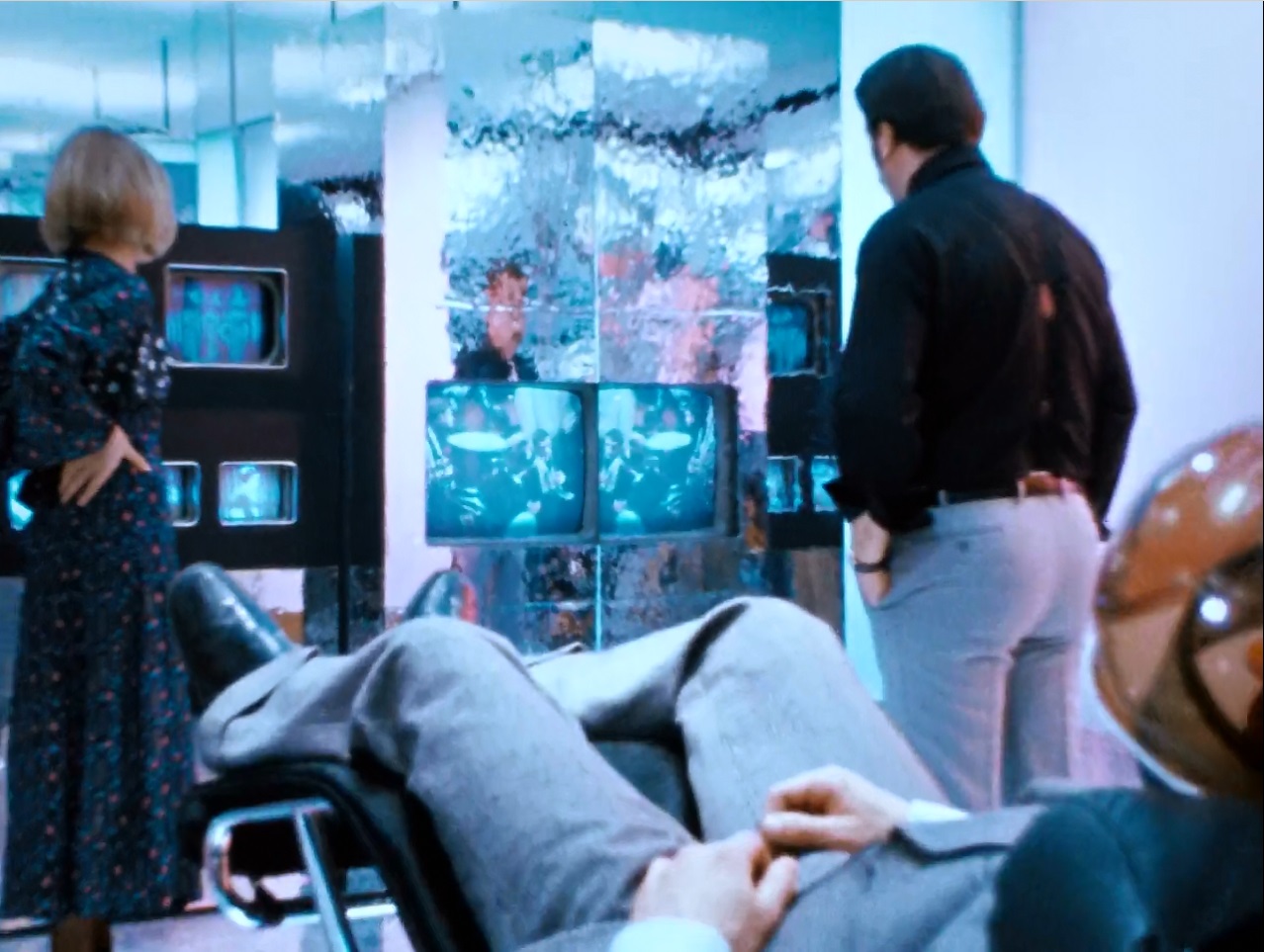With the spring season of anime on its last legs, let’s take a look at what I’ve been watching each week. It’s not a lot. Thanks to our friend Covid-19 a fair few series were postponed and while I theoretically had more time to watch stuff, what with being stuck at home all day every day, in practise I more often than not lacked the energy to do so. You will therefore notice a bit of a trend in the series I did keep watching week by week. Presented in order of which I’d watch the first,
Otome Game no Hametsu Flag shika Nai Akuyaku Reijou ni Tensei Shiteshimatta…

I’d been looking forward to this, having read both the manga and the original light novels. The animation itself is a bit underwhelming, but as an adaptation it has been great. The essential idiocy of Bakarina shone through and seeing her effortlessly and inadvertently built up her bisexual harem week by week has been great. I really like Bakarina’s character design; you could see she could’ve made a really imposing villainess if she wasn’t such a cinnamon roll. Every week it has been a delight to hang out with Bakarina and her crew, even when the plot kicked in. It’s cozy, funny and occassionally even touching.
Kaguya-sama wa Kokurasetai? Tensai-tachi no Ren’ai Zunousen

The second season of two idiots too prideful to admit to the other they are in love with them is just as good as the first one. I like the super serious morality committee member addition to the cast, altering the dynamics somewhat. Most of the stories still end with Kaguya-sama self destroying, which is always fun, or the president’s paranoia getting the worst of him. What I’m most impressed by this season though is the animation, which has only improved from the first season. There’s a real playfulness to it, a willingness to experiment that make similar stories stand out from each other.
Princess Connect! Re:Dive

Take yet another wildly popular Cygames mobile game, create an anime of it. Then make the usual male audience stand-in protagonist so amnesiac he’s barely functions and focus on what would’ve been his harem in another series instead. Crazy isn’t it? There are some hints of dreaded plot here and there, but for the most part these are low stakes adventures in one of the nicer fantasylands. I love each of the three main girls. Pecorine is a cheerful glutton who befriends everybody she meets. Kokkoro is a sweet cinnamon roll, happy to take care of the protagonist hero. Finally Kyaru, the resident cat girl, is there to add a little bit of cynicism to the crew. the latest episode saw them all turned to puddings by a ghost with a lust for this particular dessert. That’s basically all you need to know.
Nami yo Kiitekure

One night after being dumped by her boyfriend, whom she also had lent a considerable sum of money to, Koda Minare spills her troubles to a cool older dude in a bar. Who turns out to be a radio producer who had recorded the whole thing and broadcast it on local radio. That’s the start of Minare’s brilliant radio career as she gets involved in stranger and stranger circumstances made worse by her personality, then makes shows out of it. Frankly, this series lives by the voice work of Sugiyama Riho, who does a very good job as Minare. Everything else is so-so, but her acting is what keeps me coming back each week. I can’t imagine watching this dubbed.
Toaru Kagaku no Railgun T

I’ve always liked Railgun more than Index. Railgun is more grounded, less likely to go off on absurd tangents and Misaka Mikoto is just more likeable than Touma. The current series has suffered a bit from Covid-19 delays, with episode 16 delayed until the end of July, but so far I’ve enjoyed it. Separating Mikoto from her usual friends and having her depend on Kongou Mitsuko was brilliant. I like Kongou; there’s a good friend hiding behind that ojosama laugh of hers. The series isn’t perfect, with Mikoto too often a victim rather than the hero and the villains are not very interesting. But on the whole this is again a fun series.







